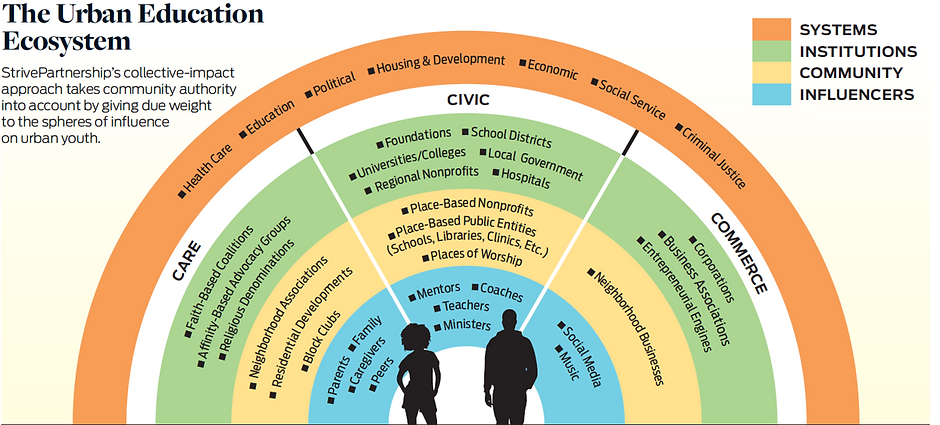
Youth Development and Violence Prevention
Working with families to identify and prioritize problems together
In the Fall of 2019, the wider community started learning about bullying and fist fights, bridge blockades, stabbings, and shootings -- connected to problems occuring at Marc Garneau Collegiate Institute (MGCI).
We started to interview parents and youth to learn about their perspective on the violence. Look below to learn more
Step 1: Identifying and Prioritizing Problems Together
Community engagement team meets many times with residents to:
identify problems connected with youth violence affecting families and youth
identify causes and root causes of these problems
select problems that the community considers most important that need to be addressed
What are we learning? Start with youth violence, all these intersecting areas come up
These are topics that were expressed by parents and youth, in order of times we heard them:
Education
Lack of Voice
Economic Stability
Neighbourhood Issues
Medical Challenges
Housing
Racism
The social determinants of health connect all these areas. The engagement meetings identify and help prioritize areas of focus

Who is going to work on all these interconnected issues? Many stakeholders:
The image below shows the Urban Education Ecosystem as developed by the StrivePartnership.
Here's a bit of info on each area:
Influencers: individuals with whom youth trusts and interacts with intimately
Community: the organizations and informal associations aligned with place
Institutions: the organizations and agencies that typically drive collective impact for urban youth
Systems: large, mostly governmental agencies that drive policies
Channels:
Care: Commited to the youth's whoe being
Civic: focused on some aspect of youth development, such as health or education
Commerce: engage youth primarily as a consumer
The key idea is to consider the strengths in each of these areas, and build on those strengths, instead of just focusing on deficiencies.

YOUTH MUST BE INVOLVED IN PRIORITIZING PROBLEMS AND CREATING SOLUTIONS BECAUSE IT’S THEIR LIFE. THE CARE CHANNEL MUST ALSO BE INVOLVED BECAUSE THEY ARE DEEPLY COMMITTED TO THE YOUTH.
YOUTH SUCCESS IS A COORDINATED EFFORT BETWEEN FAMILY, COMMUNITY AND MANY AGENCIES. QUESTION: IN OUR COMMUNITY, WHO IS OR WILL BE ORGANIZING FOR COLLECTIVE IMPACT?
What is Engaged Communities doing now?
Engagement process Step 1: Verifying early findings with Syrian community (Arabic), prioritizing issues
Running a larger community engagement
Engaging other stakeholders (Care channel: youth and parents from non-Syrian communities. Civic channel: schools, police, social agencies)
Describing what we are doing
Getting them on board
Getting funding to run community engagement training for residents
Working together on short-term interventions: e.g. Hsain/Aamir/Youth meetings, parents councils connections, connecting MGCI Principal and Parents Council with Syrian mothers, various programs for youth

